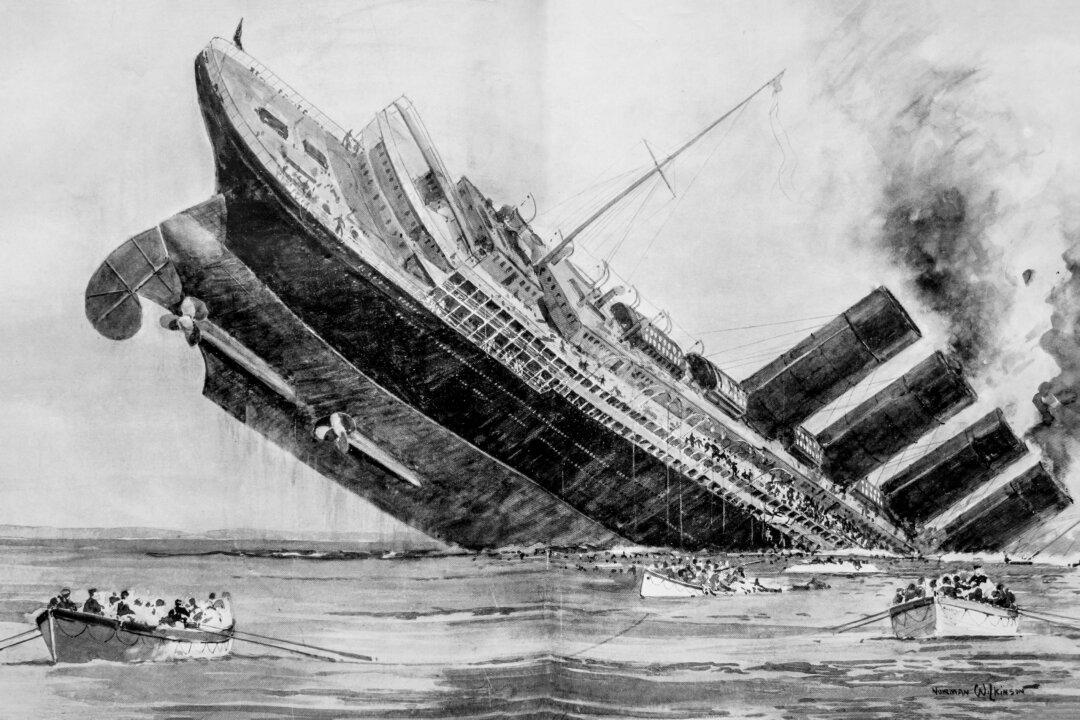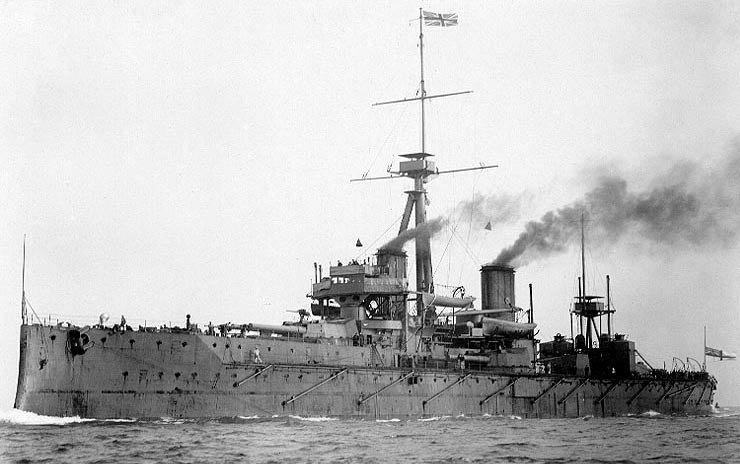On the evening of March 9, 1796, a bride-to-be, clad in a white dress with a tricolour sash, and a crowd of witnesses stood around in a government office in Paris waiting for the husband-to-be to arrive. By 10 p.m., the impatient mayor left in a huff, leaving proceedings in the hands of a deputy who was not legally authorized to perform weddings.
When the groom finally rushed in, both he and his new spouse, an older woman with two children from a previous marriage, lied about their dates of birth on the documentation to erase the embarrassing age gap. As the bells tolled for midnight, Napoleon Bonaparte and Marie-Josèphe-Rose were finally wed.
Both bride and groom had been born on French island possessions; he on Corsica, the son of a very minor noble family, and she on Martinique in the Caribbean, daughter of a bankrupt plantation owner. Rose (as she was known before Napoleon began to refer to her as Josephine) was married at age 16 to Alexandre, vicomte de Beauharnais, but it was not a happy union. He was ashamed of her provincial manners and lack of education, kept mistresses, and refused to present her at the royal court. During the French Revolution he served in the army, but his failures as an officer and his aristocratic origins led him to the guillotine in the Reign of Terror of 1794. That same Terror imprisoned Rose in a cell smeared with the blood of murdered priests, but a change of government brought her freedom.
Out of prison, the widowed Rose faced a problem: she was a shopaholic with only a small income from her husband’s estate and very large bills. The solution was to become a courtesan, having relations with various officials or officers. In 1795 she was the mistress of two influential men, Paul Barras, a high-ranking member of the ruling junta, and Gen. Lazare Hoche. However, Barras was tiring of her extravagance and Hoche refused to leave his wife. Rose’s gaze then fell on a young artillery officer whose career Barras had advanced.

In the autumn of 1795, Bonaparte was a successful soldier but an unprepossessing social figure, poorly dressed, shy with women, and coming off a broken engagement. For a woman whose looks were fading and whose debts were mounting, Bonaparte was a godsend. Her affection for him was slight, much slighter than his instant infatuation with her, but it was a case of any port in a storm. He, for his part, valued Josephine’s political connections and the social graces he lacked, and her charms. “I awake full of you,” he wrote to her. “Your image and the memory of last night’s intoxicating pleasures has left no rest to my senses.”
Napoleon was late for his wedding because he had been immersed in the planning of his next military assignment. Two days after the ceremony, he galloped toward northern Italy where he whipped the ramshackle French army into shape and won a series of dazzling victories. Back home, the bored Josephine commenced an affair with a handsome hussar and continued to run up bills for dresses and luxuries.
Though Bonaparte forgave her and declined to seek a divorce, from this point on he considered that the bonds of marital fidelity would never again constrain him. After his victories in Italy, France sent him on a quixotic invasion of Egypt which Napoleon spoke of as a first step on the way to the conquest of British India. There he seduced the wife of one of his officers, while back in Paris Josephine conducted another disreputable affair.
Abandoning his army in Egypt, Bonaparte returned to France and staged a coup in 1799 which made him ruler as the First Consul in new undemocratic constitution. Josephine did not abandon her extravagant lifestyle, but henceforth avoided scandal; she became a leader in fashion and taste for the arts, acting as a society hostess for her husband. When Napoleon decided to crown himself emperor in 1804, he placed a crown on her head, too.
For six years Josephine was Empress of France, but her inability to give Bonaparte an heir for his new dynasty forced a parting of the ways. In 1810, he obtained an annulment of his marriage which allowed him to marry into royalty, taking Princess Marie-Louise of Austria as his new wife. Josephine retired to her Chateau de Malmaison in the countryside, dying there in 1814 while her ex-husband was in exile on the island of Elba.







